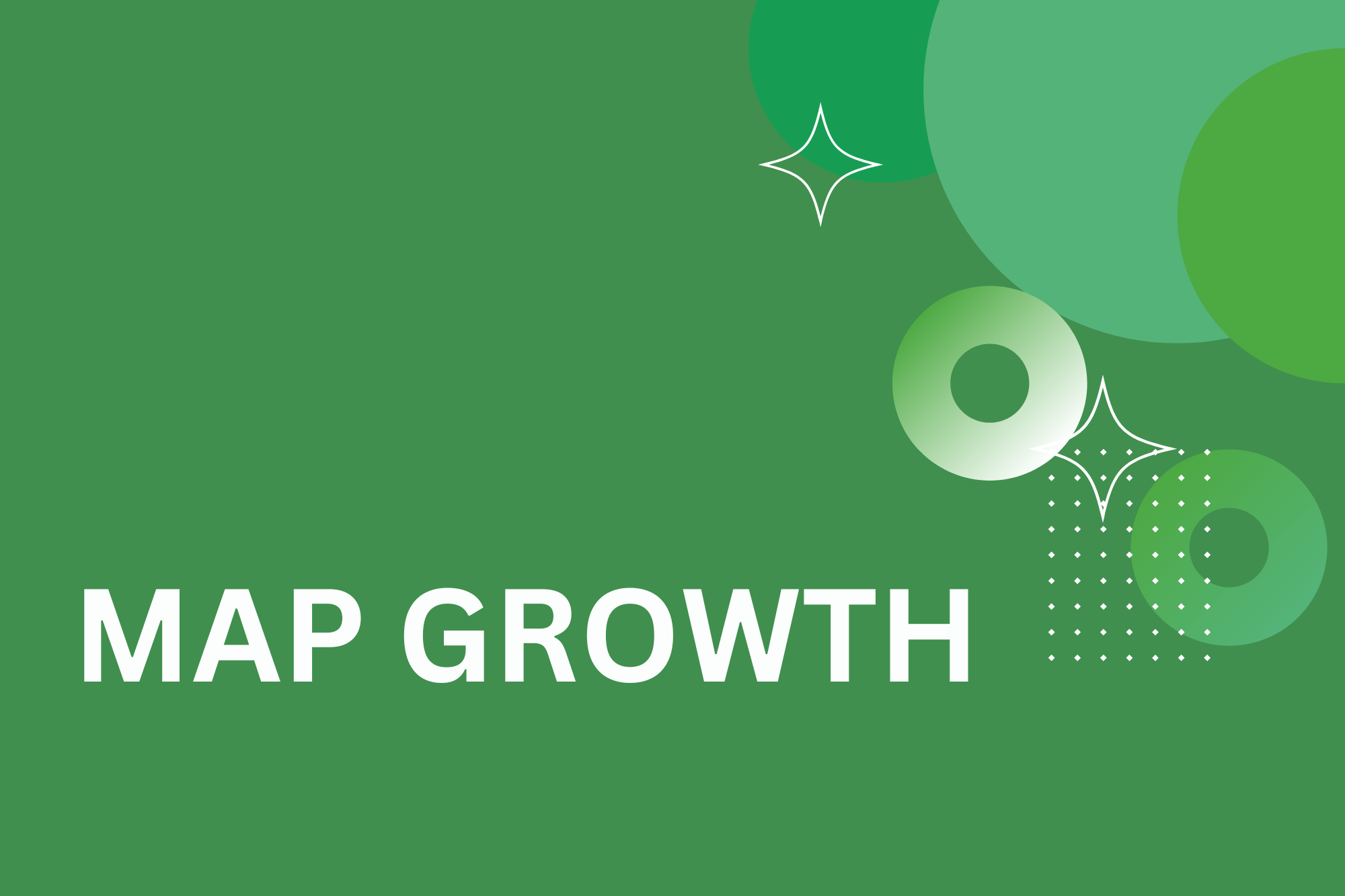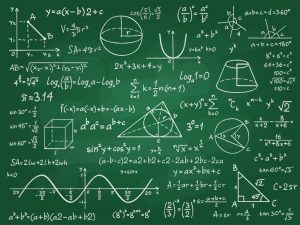MAP Growth
MAP Growth, created by the Northwest Evaluation Association (NWEA), is an assessment for measuring achievement and growth in K–12 math, reading, language usage, and science. MAP Growth is used by over 9,500 schools and districts in 145 countries. It’s a trusted and helpful education tool for educators across the world to make sure each individual, unique student is on track
Interested in the exam?

Exam Overview
Kindergarten to 12th grade
Eligibility
Math, Reading, Language usage, and Science
Examination Area
Exam Details
1. Structure
MAP Growth is a computer-adaptive exam. Each student will have a different set of questions because the exam changes depending on how you answered the previous question. Of the four sections (math, reading, language, and science), each section will have 40-43 questions, and the whole exam will last 45-60 minutes.
As you answer correctly, the questions will get harder. As you answer incorrectly, the questions will get easier. For the most part, exam problems are multiple choice; however, there will occasionally be other answer formats such as fill-in-the-blank, drag-and-drop, select-all-that-apply, etc.
2. Exam Frequency
Schools in the U.S. typically take the exam three times throughout the school year (in the fall, winter, and spring), and this repeats every school year. This way a student’s progress between semesters and across multiple school years can be mapped out over time. Students’ MAP Growth exam reports allow parents and teachers to compare the students’ level to others in the same school district, same country, and across the world.








